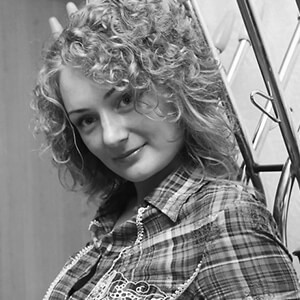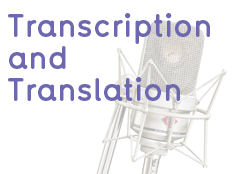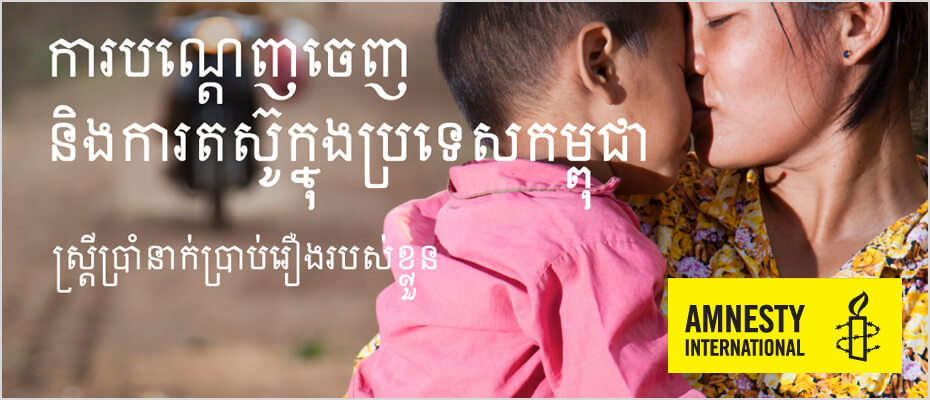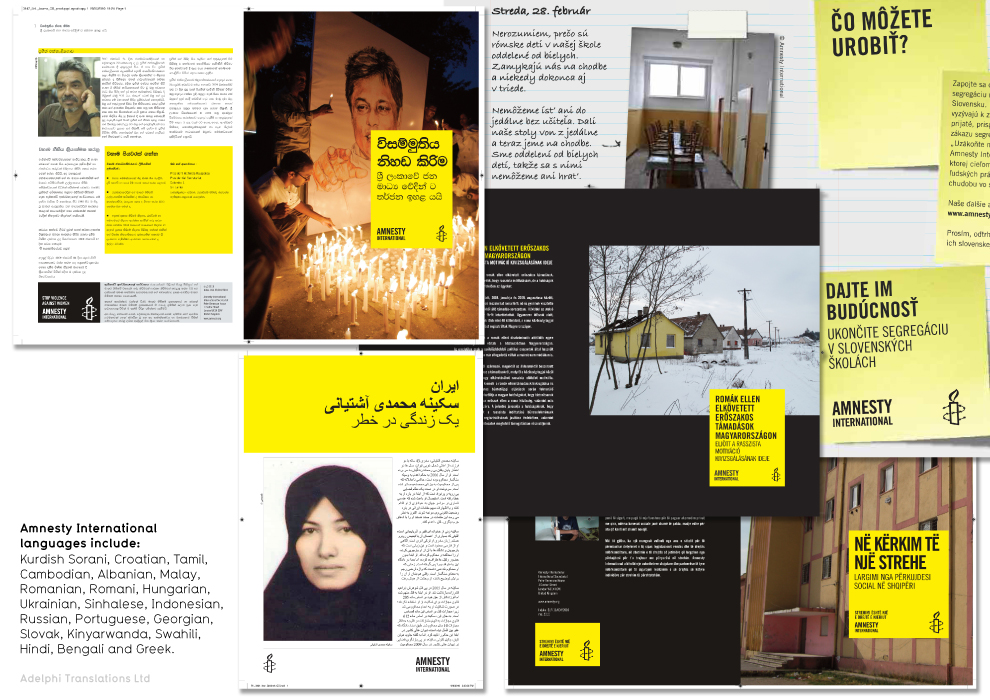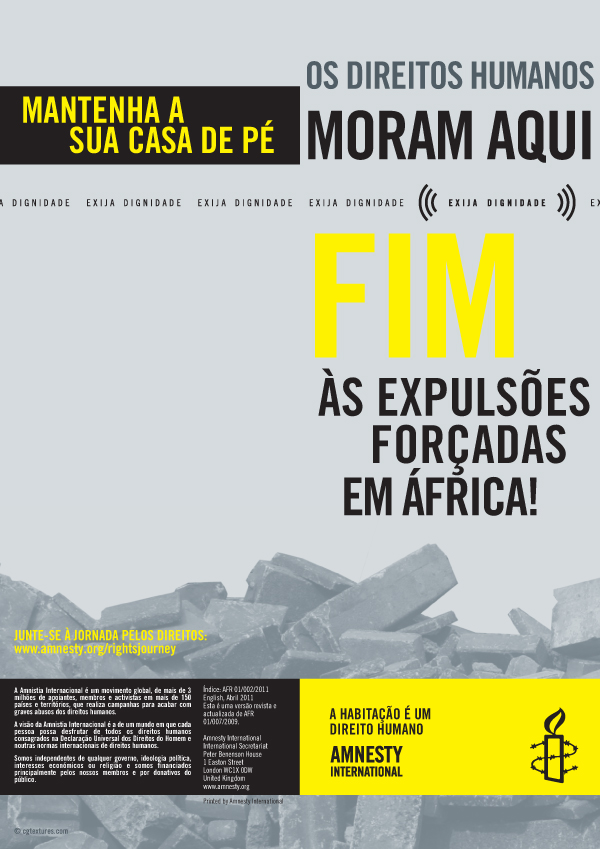English into Japanese Website Translation and Localisation
We have our own in-house Japanese project manager who handles all of our Japanese translation and localisation projects.
Below is a sample of a Japanese website translation that we carried out for Palmers Lodge along with 8 other languages which included French, German, Italian, Korean, Mandarin (Simplified Chinese), Portuguese, Russian and Spanish.
Japanese website translation: How much of your site should be translated into Japanese?
Depending on how you are marketing your product or service abroad, it may not make sense or be cost-effective to translate the entire site into Japanese. If there are regularly updated sections such as ‘News’ or maybe a blog, in which new content is frequently added, you may want to exclude this from the Japanese version of your website. You can create an effective series of ‘mini-sites’ in Japanese, which contains the main content of your site.
Japanese language information
Many languages expand when compared to English however Japanese on average tends to be shorter than English. Japanese uses “double-byte” characters: in terms of presentation, this means that punctuation marks like full-stops and commas have an extra, thin space coded right after them, e.g. 史上、重要。We are often asked to remove these by clients less familiar with Japanese, but this is both impossible and undesirable: these spaces are a natural part of digitally-presented Japanese.
Japanese desktop publishing, voice-overs, and subtitles
Adelphi Translations Ltd. can work from Japanese to English and English to Japanese. We also produce voice recordings and subtitles for videos, as well as the translation and localisation of printed materials into Japanese.
- ReikoJapanese voice artist Reiko has over 25 years as a Japanese TV & Radio Broadcaster, Narrator and Character Voice Talent in Tokyo and Canada. Recent Clients are Novartis, Hewlett Packard, Axis Network and Dance Central Spotlight.MasashiMasashi is a multi-skilled Japanese voice artist and performer. Recently Masashi has voiced the show Things Talk for BBC Three and featured in Banzai for Channel 4.
English to Chinese Website Translation and Localisation
Below is an example of a Chinese website translation which we carried out for Bestobell LNG. The website was also translated into Korean.
Chinese website translation: How much of your site should be translated into Chinese?
Depending on how you are marketing your product or service abroad, it may not make sense or be cost-effective to translate the entire site into Chinese. If there are regularly updated sections such as ‘News’ or maybe a blog, in which new content is frequently added, you may want to exclude this from the Chinese version of your website. You can create an effective series of ‘mini-sites’ in Chinese, which contains the main content of your site.
Chinese website translation: to flag or not to flag?
Many companies like to use flags to show the languages their website is translated into. Using the Chinese flag is common but bear in mind that some languages are spoken across boundaries and if you are aiming for a ‘generic’ translation then flags would be less appropriate. For example, Chinese (Mandarin) is spoken in Mainland China, Hong Kong, Singapore, Taiwan and Malaysia.
Chines language information
Chinese is written using one of two character sets: “Simplified”, which is used in Mainland China and “Traditional”, which sees use in Taiwan, Hong Kong and Macau. The language and script you use depends on the area of China you are targeting. If you are not sure which you require, then feel free to speak to one of our Chinese-speaking project managers who will be able to advise you.
When translating your website into Chinese one of the things you have to consider is that the Chinese language is much shorter than English. If you are designing a website in English that you know is to be translated into Chinese, text contraction should be taken into consideration in the design stage.
Chinese typesetting, Chinese voice-overs and Chinese subtitles
Adelphi Translations Ltd. work translating Chinese to English and English to Chinese. We also produce Chinese voice recordings and Chinese subtitles for video as well as translation and localisation of printed materials into Chinese. We also translate from Chinese into English in all these areas.
- ZhenyuZhenyu is one of our most popular Chinese voice artists, we have had the pleasure of working with him on a number of projects. He is highly professional and always strives to provide the best quality Chinese voice-over recordings.Lily PChinese voice-over artist Lily has a sweet, friendly, smooth, warm and pleasant voice. She is a full-time voice talent for 8 years and is able to do a different range of ages from teenager to middle-age woman, Lily is also fluent in Mandarin and Cantonese Chinese.Aimee L
English to Portuguese Website Translation
Below is a sample of a Portuguese website translation which we carried out for Francis along with 7 other languages which included Arabic, Cantonese (Traditional Chinese), French, German, Italian, Russian and Spanish.
Portuguese website translation: How much of your site should be translated into Portuguese?
Depending on how you are marketing your product or service abroad, it may not make sense or be cost-effective to translate the entire site into Portuguese. If there are regularly updated sections such as ‘News’ or maybe a blog, in which new content is frequently added, you may want to exclude this from the Portuguese version of your website. You can create an effective series of ‘mini-sites’ in Portuguese, which contains the main content of your site.
Navigating your translated websites — to flag or not to flag?
Many companies like to use flags to show the languages into which their website is translated. Using the Portuguese flag is common but bear in mind that some languages are spoken in multiple countries. If you are aiming for a generic translation to be understood by as many Portuguese speakers as possible, then flags may not be appropriate. For example, Portuguese is spoken in Portugal, Brazil, Mozambique, Angola and São Tomé.
Portuguese language information
Until recently, there were only 23 letters in the Portuguese alphabet (not including diacritics). The other 3 letters of the English alphabet were viewed as ‘foreign’ in Portuguese, but they were still used for certain ‘imported’ words such as ‘whiskey’ (they sometimes spell this more phonetically using their own alphabet: ‘uísque’). Since the 1990 orthographic agreement between Brazil and Portugal went into effect though the ‘w’, ‘k’, and ‘y’ are now officially included.
Portuguese typesetting, voice-overs and subtitles
Adelphi Translations Ltd. can work from Portuguese to English and English to Portuguese. We also produce voice recordings and subtitles for videos, as well as the translation and localisation of printed materials into Portuguese.
- TeresaTeresa has 28 years of experience as a voice-over artist, as well as experience as a television and radio presenter. Her voice can be described as warm, sensual and energetic.ArcindoPortuguese speaking voice artist Arcindo has been a professional voice-over artist and audio producer for sixteen years and can be heard daily on television and radio commercials across Portugal, Mozambique, Cape Verde, and Angola.
English into Italian Website Translation and Localisation
Below is a sample of an Italian website translation which we carried out for Whitby and Chandler. The website was also translated into French, Spanish and German.
- AimeeAimee is a full-time voice actor with an amazing home studio with live direction capabilities and a work portfolio spanning Australian, American and British accents.Thomas BThomas is a multi-award-winning international voice artist renowned for his versatility and his astounding array of voices.
Italian website translation: How much of your site should be translated into Italian?
Depending on how you are marketing your product or service abroad, it may not make sense or be cost-effective to translate the entire site into Italian. If there are regularly updated sections such as ‘News’ or maybe a blog, in which new content is frequently added, you may want to exclude this from the Italian version of your website. You can create an effective series of ‘mini-sites’ in Italian, which contains the main content of your site.
Navigating your translated websites — to flag or not to flag?
Many companies like to use flags to show the languages into which their website is translated. Using the Italian flag is common but bear in mind that some languages are spoken in multiple countries. If you are aiming for a generic translation to be understood by as many Italian speakers as possible, then flags may not be appropriate. For example, French in Europe is spoken in France, Belgium, Monaco, Andorra and Switzerland.
Italian Language information
Italian uses the Latin script and Italian typesetting presents no problems. The base alphabet consists of 21 letters: five vowels (A, E, I, O U) and 16 consonants. The letters J, K, W, X and Y are not part of the proper alphabet and are used only for loanwords.
Italian typesetting, voice-overs and subtitles
Adelphi Translations Ltd. can work from Italian to English and English to Italian. We also produce voice recordings and subtitles for videos, as well as the translation and localisation of printed materials into Italian.
English to Russian Website Translation and Localisation
Below is a sample of our Russian website translation which we carried out for Gripple along with 7 other languages including Dutch, French, German, Italian, Polish, Portuguese, and Spanish.
Russian website translation: How much of your site should be translated into Russian?
Depending on how you are marketing your product or service abroad, it may not make sense or be cost-effective to translate the entire site into Russian. If there are regularly updated sections such as ‘News’ or maybe a blog, in which new content is frequently added, you may want to exclude this from the Russian version of your website. You can create an effective series of ‘mini-sites’ in Russian, which contains the main content of your site.
Navigating your translated websites — to flag or not to flag?
Many companies like to use flags to show the languages into which their website is translated. Using the Russian flag is common but bear in mind that some languages are spoken in multiple countries. If you are aiming for a generic translation to be understood by as many Russian speakers as possible, then flags may not be appropriate. For example, Russian is spoken in Russian, Ukraine, Belarus, Kazakhstan and Kyrgyzstan.
Russian website translation: Text expansion
When translating your website, one of the things you have to consider is that your text may expand in the target language, meaning it is much longer than the original English. If you are designing a website in English that you know is to be translated into Russian, text expansion should be taken into consideration in the design stage.
Russian desktop publishing, voice-overs and subtitles
Adelphi Translations Ltd. can work from Russian to English and English to Russian. We also produce voice recordings and subtitles for videos, as well as the translation and localisation of printed materials into Russian.
- Irina VIrina is a native Russian voice-over artist with 8-years experience. Irina's voice has a large range from low adult voice to high children voice imitation. She specializes in recording for IVR systems, radio and TV commercials, E-learning projects and character roles.Alexey MAlexey is a Russian voice-over artist who has recorded voice-overs for many major international brands. Alexey is one of our most popular Russian voice artists, he is dependable, professional and cost effective.
How Translation Memory (TM) can Benefit your Translation Project
Over the years Adelphi Translations Ltd have invested heavily in modern Translation Memory software. We are currently the proud owners of Trados 2007 and SDL Studio 2009. Using Translation Memory Software brings two major benefits to our clients: projects can be completed more quickly and deadlines met, and costs can be reduced for repeated translations.
What is Translation Memory?
When Translation Memory (TM) software is used to translate a document the source document is processed and broken down by the software into a series of logical sections or ‘segments’. They can be whole sentences, phrases or sub-phrases. The image below shows how an English document has been segmented by the TM software.
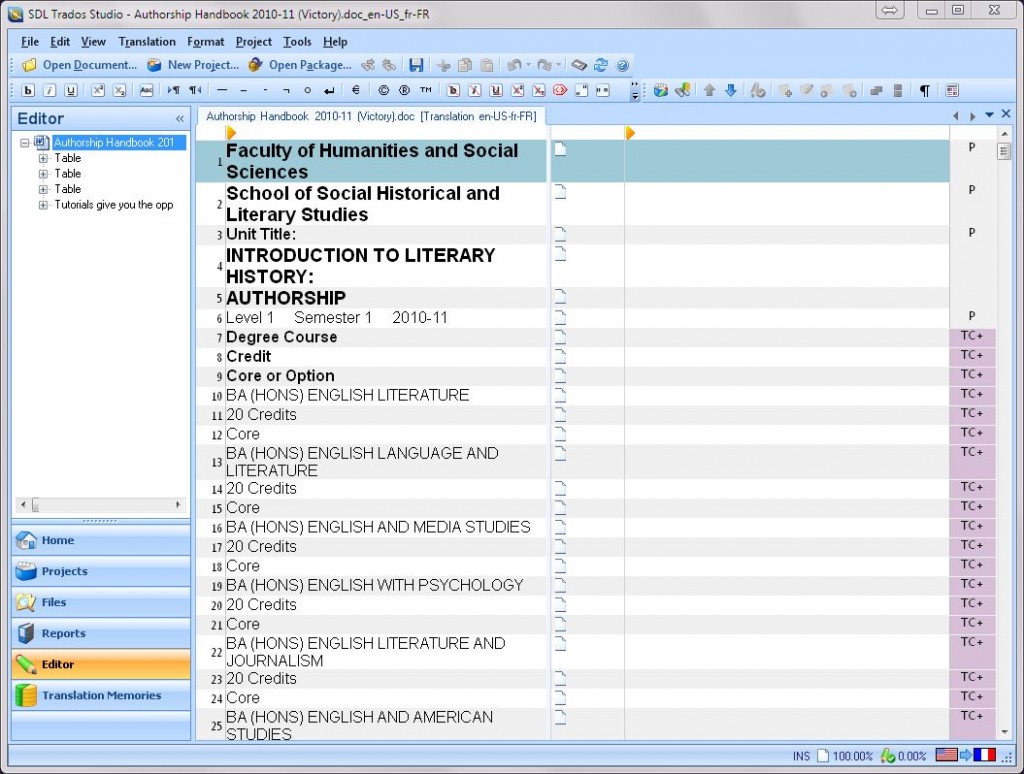
When loading the document into the software an empty TM is created which is populated by the source English segments. When the translator enters the translation in the target language column and verifies that segment this is entered into the TM. So now the TM database hold the original English source and its associated translation.

How does TM benefit the current project?
Speed and accuracy are improved even during the translation of a document using TM software. If an exact copy of the segment appears again in the document it will be pre-translated from the TM database which both speeds up the translation process and assures consistency – identical English segments will always be translated in the same way.
How does TM benefit future projects?
When the translation is complete the TM will hold a complete translation of the source document. If you then need another document translated, which contains similar subject matter, the new document can be loaded and run against the TM which will translate any segments which have been translated before in the previous project (100% matches). If the segment is almost, but not exactly, the same as in the previous document the software will alert the translator with a “fuzzy match”. The translator will then check the translation and correct it to be accurate.
A good example of the power of TM would be a technical manual. Your product manual can be translated using TM software. If you then produce an upgrade or version of your product, in which certain features or functions are improved or changed, much of your previous manual may still be relevant. Using TM software, only the new parts of the latest manual will be charged at the full rate.
Both 100% and fuzzy matches speed up the translation process, ensure consistency between documents and will cost less as such matches are charged at a lower rate than new translations.
Save Time and Money with Translation Software
In order to save both time and money on translation projects it makes sense to partner with a translation company that understands the power of TM software and can use it to increase speed and accuracy and to lower costs. Adelphi Translations can offer you such a service as your translation partners for almost all types of document, from MS word to InDesign, from XML to HTML.
Transcription and Translation Services Sheffield
Transcription Services
In translation projects sometimes the first step will be the transcription of recorded material into a written form. When clients have video or audio materials to be translated but have no script, we will transcribe them. Often the original will be in a foreign language and needs to be translated into English.
Adelphi Studio also offer legal transcription services. We have transcribed legal materials including PACE tapes (Police and Criminal Evidence) in many languages including Urdu, Hindi, Bengali etc. but most requests are still for English transcription.
Adelphi Transcription and Translation Services offer:
- Transcription in the same language as the source file.
- Transcription where the original source language is transcribed directly into the target language.
- Transcription where the source language is required along with a translation into the target language. The two languages are usually provided to the client in parallel text.
- Adelphi Translations has transcribed from audio CDs, video DVDs , Betamax tapes, cassette tapes, MP3, AVI, MPG and WAV formats.
The Problems of Transcription
Transcription can vary enormously in its difficulty. Our recent project involved poor quality recordings of telephone conversations in a mixture of Gujarati and English, making this project especially tricky. If a well-recorded narrator is speaking from a script ‘to camera’ this would be much easier. Even one-to-one interviews can be hard. When listening to a people speaking it is amazing how often sentences are garbled, stopped half-way, possibly continued later or not, speakers overlap each other and the whole conversation is littered with an amazing variety of ‘umms’, ‘errs’ and other vocal throw-aways. A speaker using a language in which they may be fluent but which is not their mother tongue, will also be more difficult to understand and transcribe.
The Basic Catagories of Transcription
There are two main categories of transcription:
Verbatim Transcription: a 100% accurate transcription of the submitted sound file or recording where nothing is omitted, and no alterations are allowed. This type of transcription service is often preferred for legal transcription (witness statements in court transcriptions) or conference transcriptions.
Intelligent Verbatim Transcription: The transcriptionist is allowed to do some editing to the recording. Abbreviations are replaced with full terms, irrelevant words may be eliminated and grammar may be corrected in order to make the transcription more intelligible and easier to read. This type of verbatim transcription will be better for for focus group transcriptions, academic transcriptions (lectures or speeches), corporate transcriptions or business transcriptions. Because of the editing work involved the cost of this type of transcription may be slightly higher.
Whatever your need, and whichever language the source files are recorded in, Adelphi can help you with your transcription needs.
Adelphi Translations is a full service translation agency producing translations, typesetting, multilingual and foreign language websites, voice overs, Flash files and subtitles in any language.
Legal Translations & Transcriptions for Solicitors and the Legal Profession
Adelphi Translations Ltd is working for more and more solicitors throughout the UK producing translation and transcription of documents and audio materials. We also provide certified, or sworn translations.
Many solicitors request translations of foreign documents into English on behalf of their clients. These range from simple marriage certificates to complex tenders, contracts or patents.
Transcription Services in Foreign Languages
Adelphi Translations also produce transcriptions from languages such as Urdu, Chinese, and Arabic etc. These usually take form of audiotapes, which first need transcribing and then translating into English. Most solicitors require parallel text of both languages in either and Excel document or Word table, with the original language on the left and the translation on the right for ease of use and understanding.
A recent Legal Transcription Project
A recent project involved audio recordings of telephone conversations made between a spread-betting agency and their clients and colleagues. Taken involving a case of spread they had to be transcribed from Gujarati and translated into English. The tapes were six hours in duration and of poor quality audio. It was necessary for our team to work over the weekend and through the night to meet the client’s deadline, which was the date of the trial.
Other areas we cover are:
- Court documentation – liability cases, etc
- Insurance product specifications
- Loss reports – expert, medical, criminal, etc
- Policy wordings
- Tenders
- Proposal forms
- Surveys
- Underwriting presentation
- Articles of association
- General Terms and Conditions
- Contracts
- Correspondence
- Judgments
- Licensing agreements
- Litigation documents
- Patents and trademarks
- Writs
Adelphi Translations is a full service translation agency producing translations, typesetting, multilingual and foreign language websites, voice overs, Flash files and subtitles in any language.
Translation for Housing Associations and Social Housing
Adelphi translations have been translating for Housing Associations in the area of social housing for many years. Providing not only translations but also design, typesetting and printing together with audio materials, subtitles, voice overs and website materials.
With our extensive experience in the community languages throughout the UK Adelphi is an ideal partner for housing associations and affiliated services, such as refugee or asylum services or organisations.
Adelphi Translations can handle any language and any format in-house – nothing is passed on to another agency – making us a €˜one-stop-shop’ for your community language projects, irrespective of the complexity of the project. Having all your translation services under one roof (with one phone number) makes communication, and therefore the project management, easier and less prone to errors or confusion.
Examples of previous jobs:
Berneslai Homes:
Asked us for translations typesetting, printed materials, voice-overs and Braille, the languages were Albanian, Bulgarian, Mandarin, Farsi, Greek, Kurdish Sorani, Ndebele, Polish, Russian, Spanish.
Adelphi Translations: DTP Suppliers to Amnesty International
Adelphi Translations have become suppliers to Amnesty International providing typesetting services to them in Russian, Kurdish Sorani, Cambodian, Malay, Albanian, Brazilian Portuguese and European Portuguese. Typesetting Russian, Malay, Albanian and Portuguese is basically straightforward but Kurdish Sorani and Cambodian is trickier. Kurdish Sorani is a right-to-left language, written in a modified Arabic script, while Cambodian, also known as Khmer, has its own unique alphabet.
Typesetting Cambodian requires a knowledge of Khmer fonts and how they work in the most popular typesetting software. Fortunately, Adelphi Translations has lots of experience dealing with the more exotic fonts and scripts and we have done lengthy research into which fonts work and which corrupt the script, so you can be sure that Kurdish Sorani or Cambodian DTP done by us will be legible and accurate.
Above is a sample of Portuguese DTP Adelphi produced as part of a multi-language project
Arabic typesetting (DTP) involves using special versions of Adobe Indesign which will handle the right-to-left scripts. Farsi Typesetting (DTP), Dari Typesetting (DTP), Kurdish Sorani typesetting (DTP), and Urdu typesetting (DTP) all require the use of the ME version (Middle East) version of Indesign. These languages all use a modified version of the Arabic script. Hebrew typesetting (DTP) also has to be carried out in the ME version but uses its own unique alphabet.
Adelphi Translations Limited is a company registered in England and Wales.
Company Number 06989736 · Registered Office Barnsley Digital Media Centre, County Way, Barnsley, S70 2JW, UK

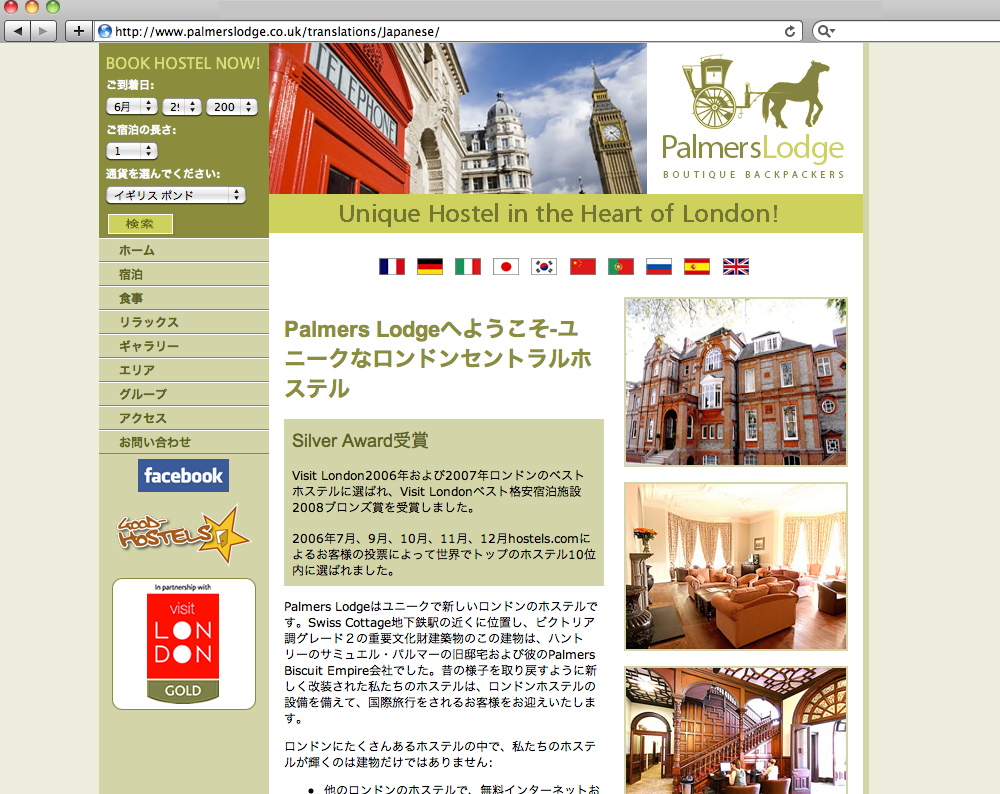

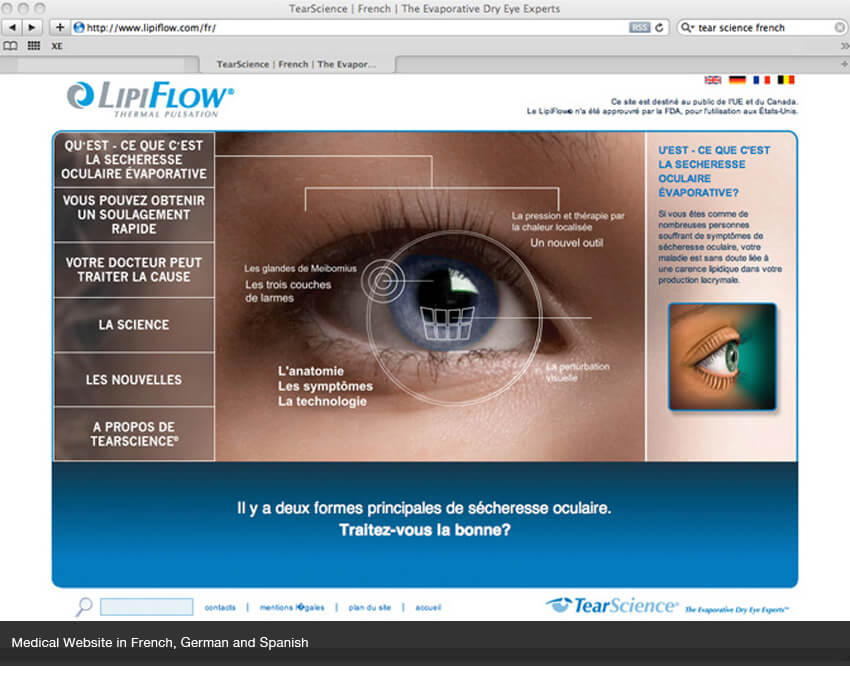

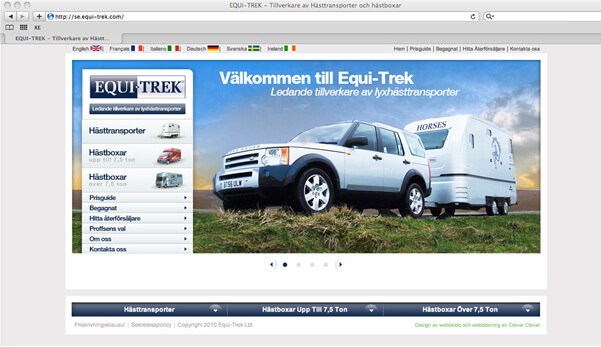
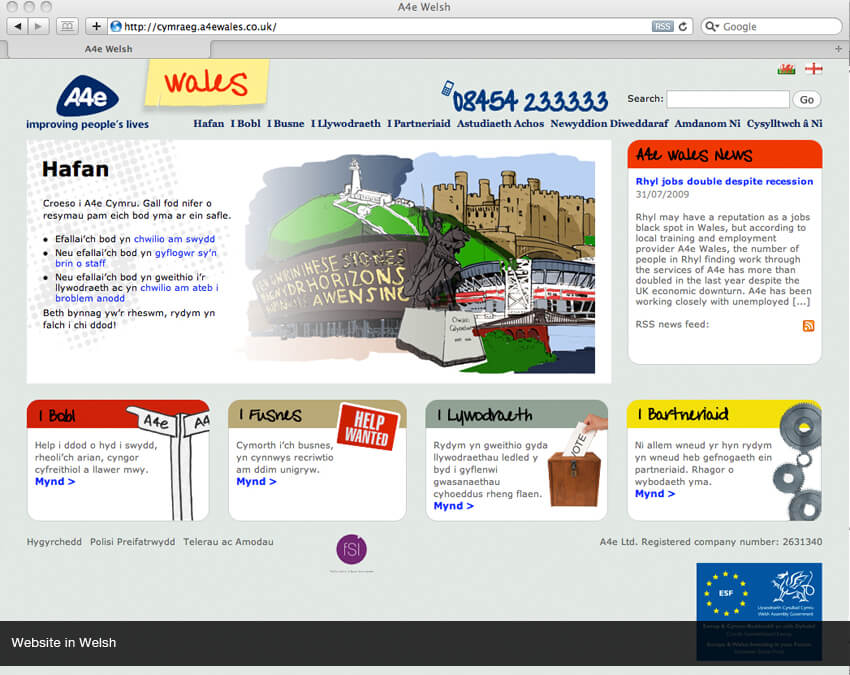
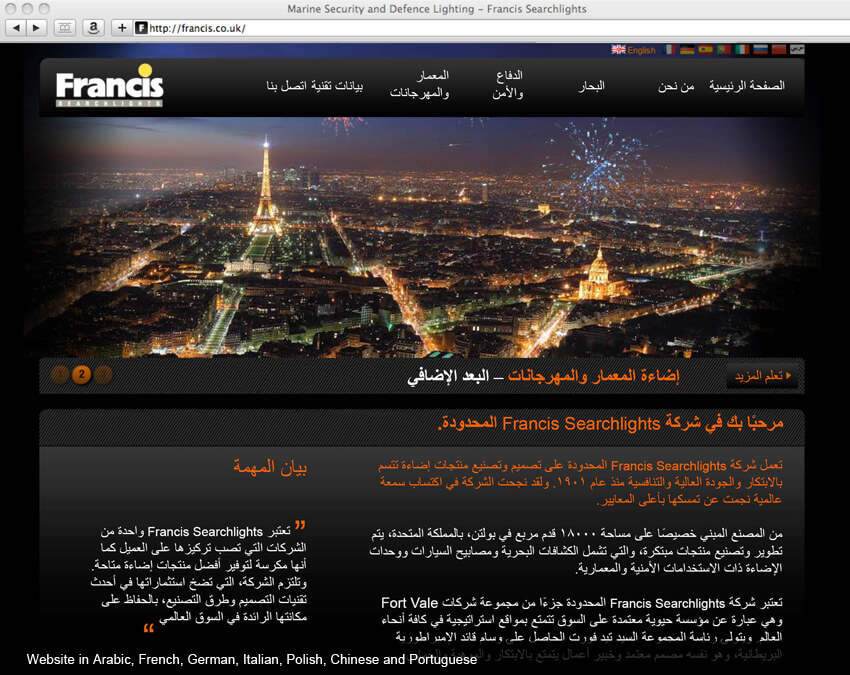
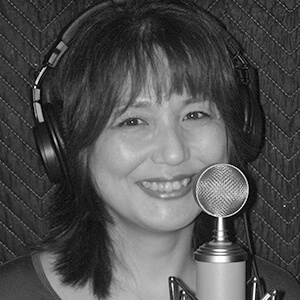 ">
">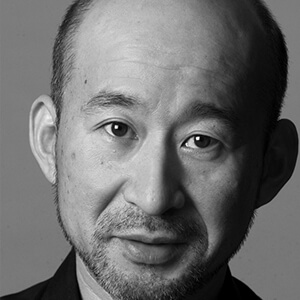 ">
">
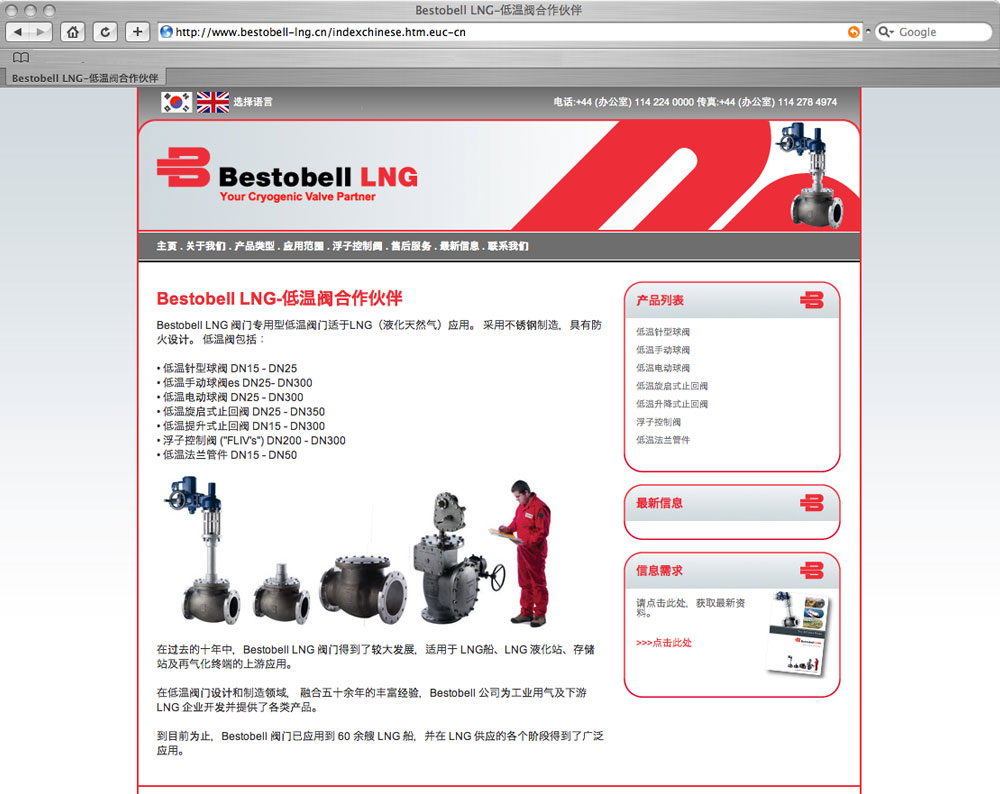
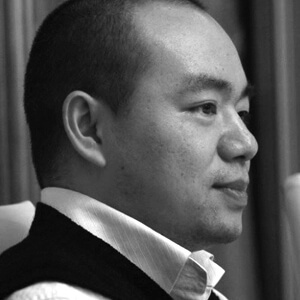 ">
"> ">
"> ">
">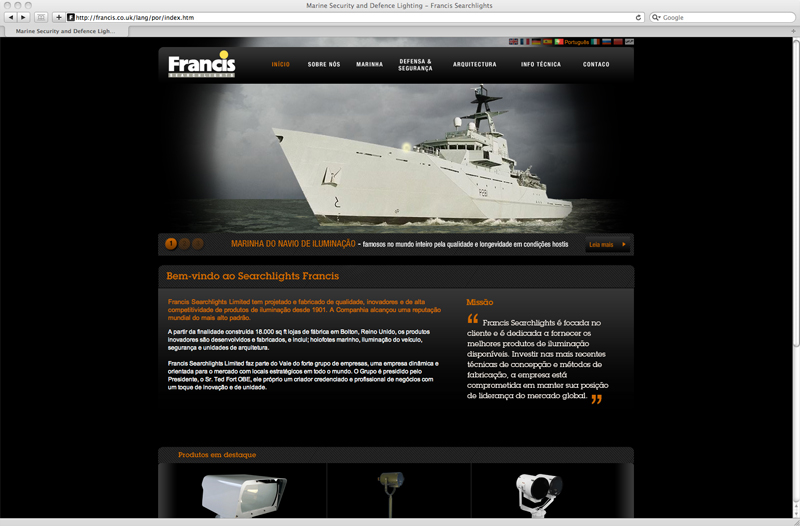
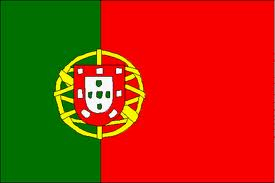
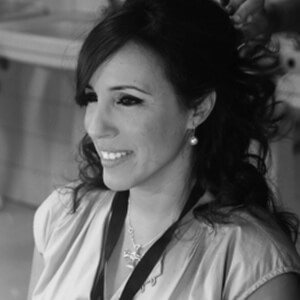
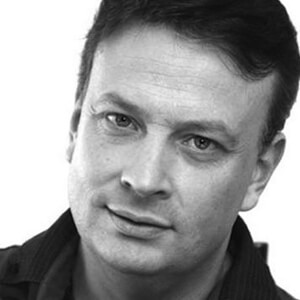
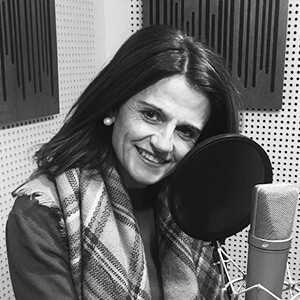
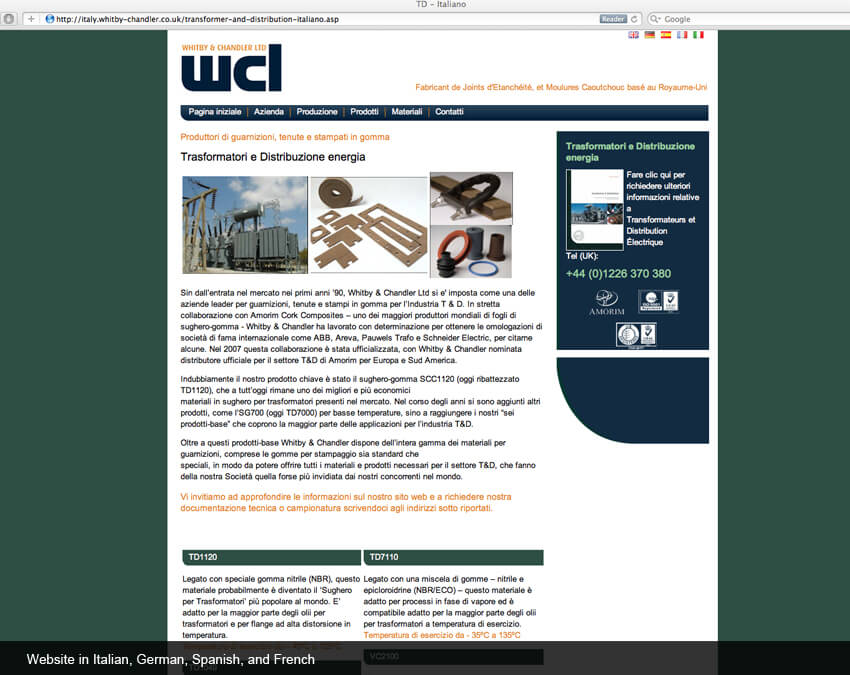
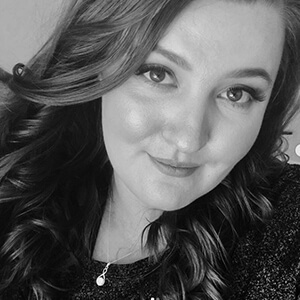



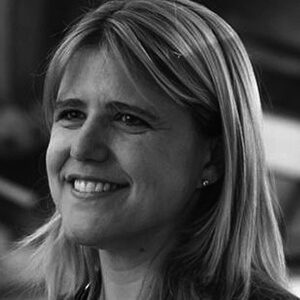
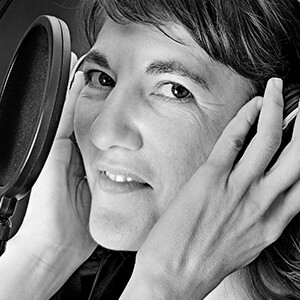
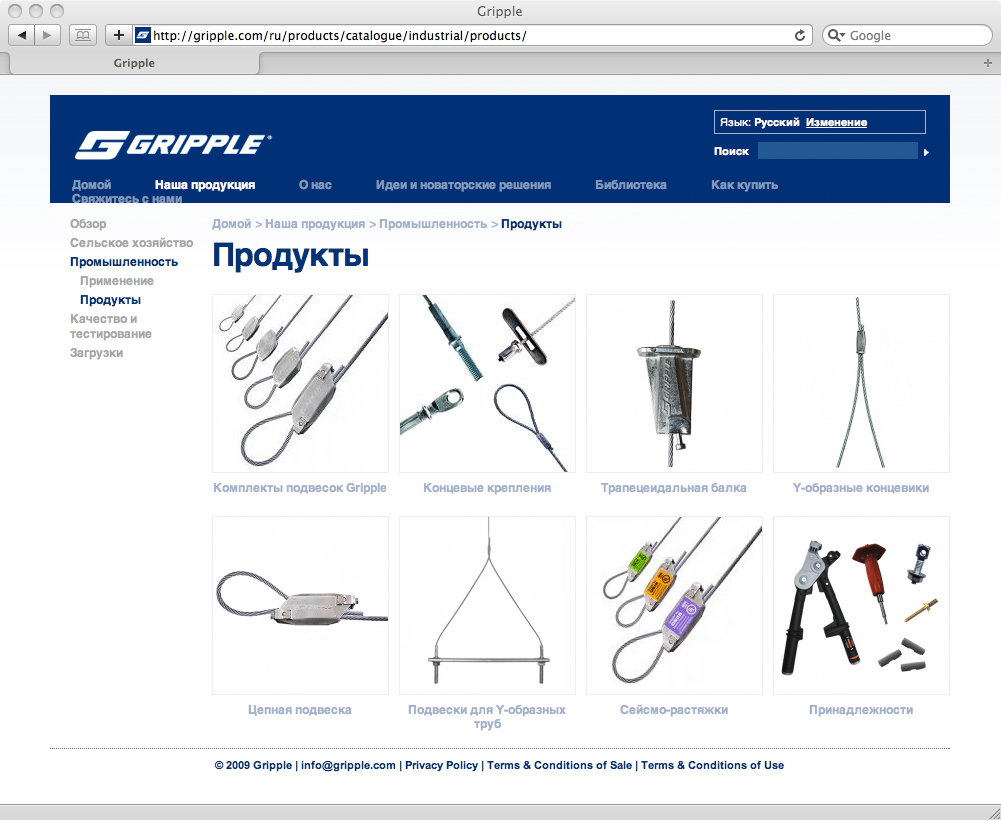
 ">
">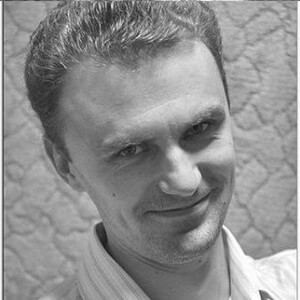 ">
">